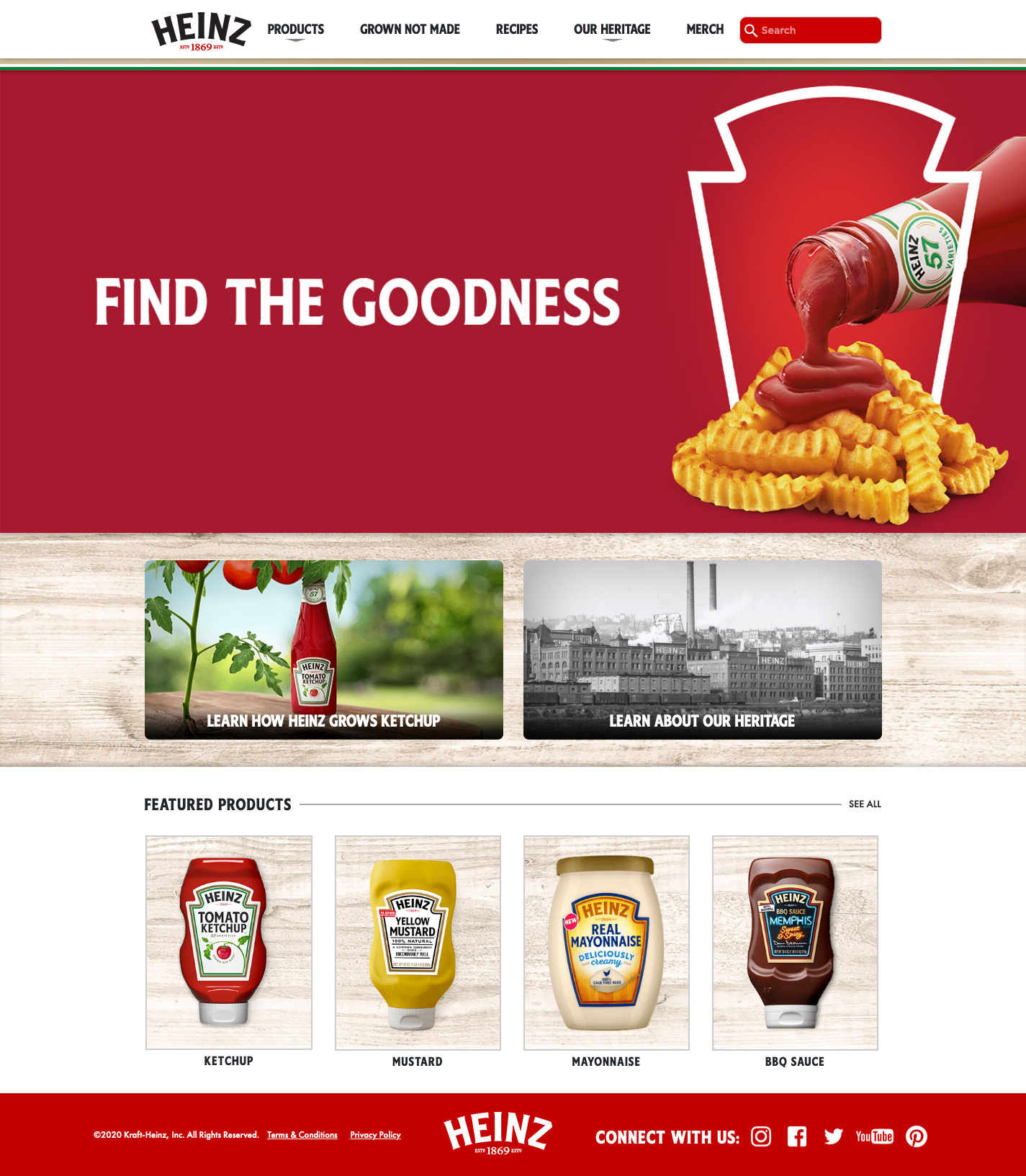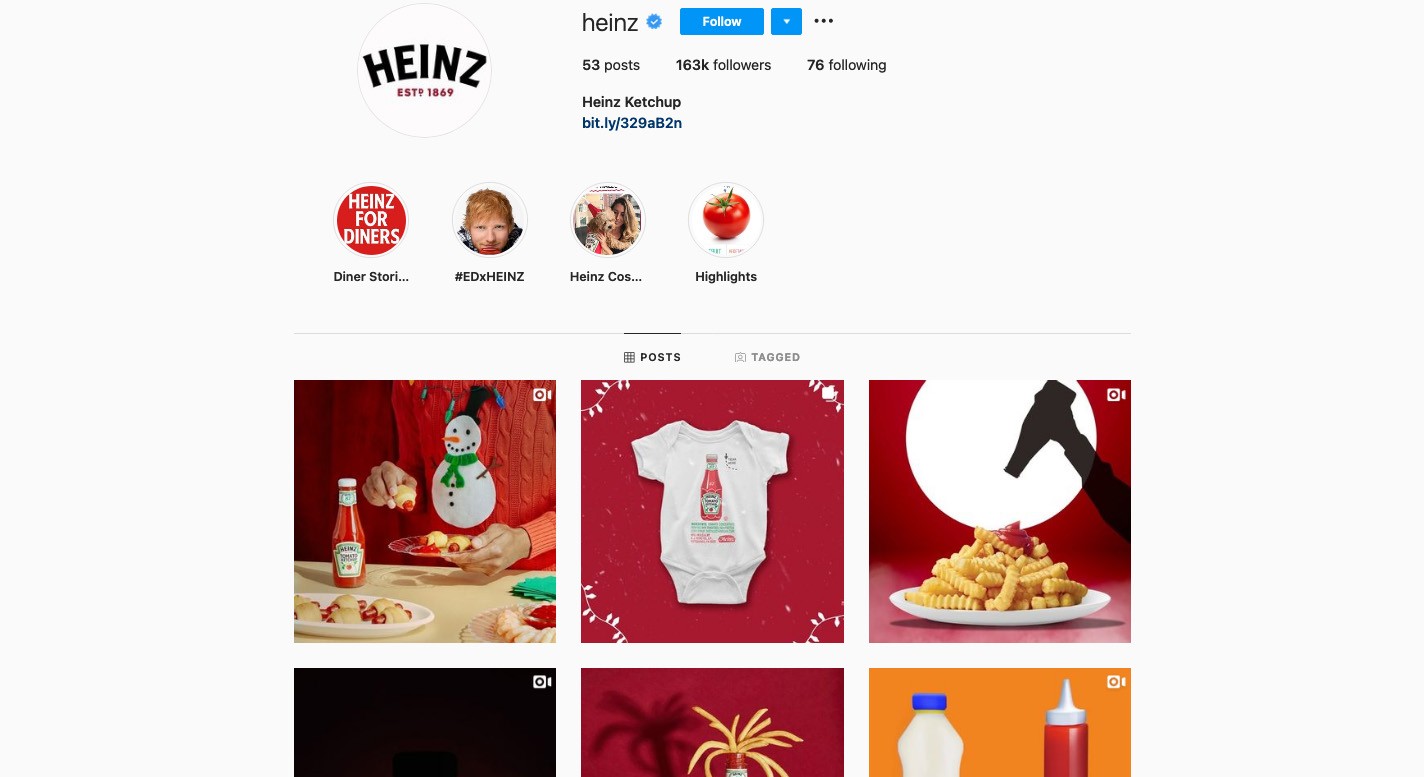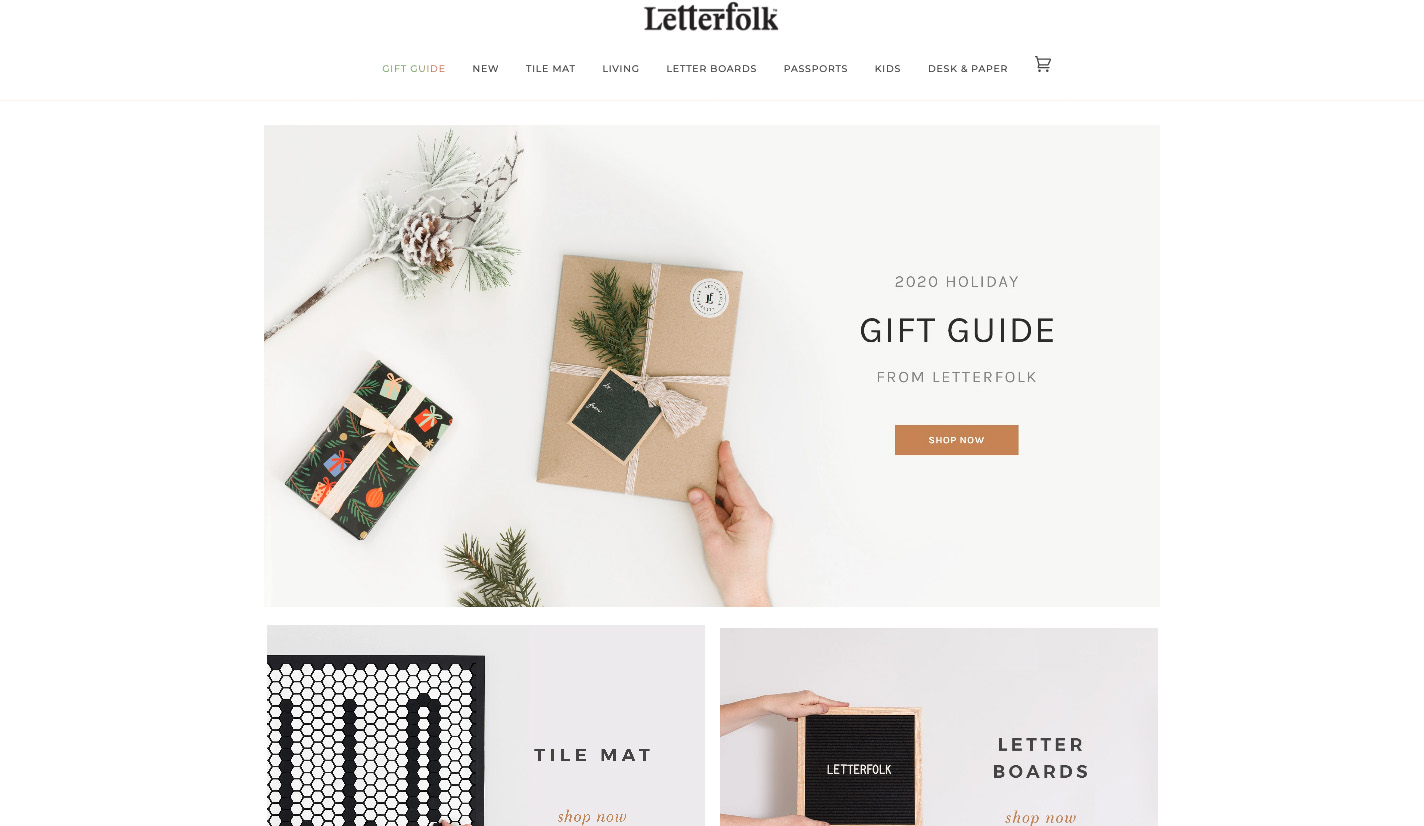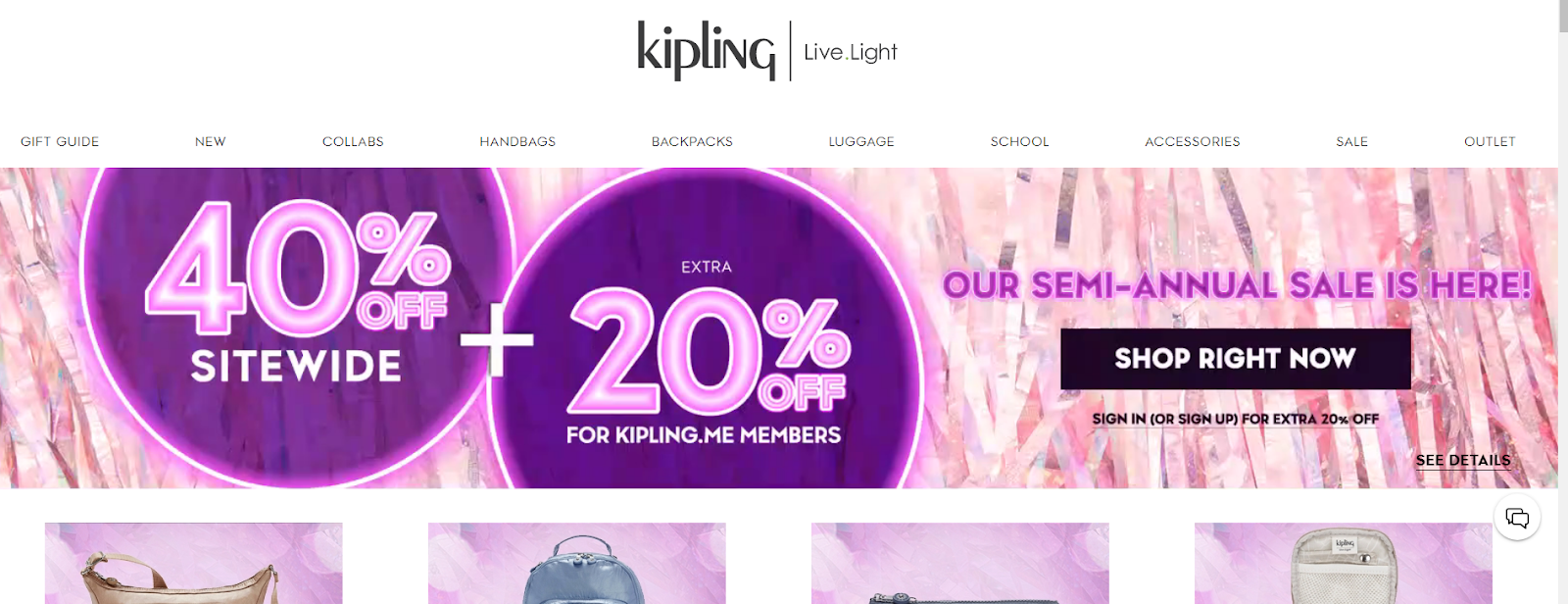Customer retention is the aspect of the growth strategy of any business that often gets overshadowed by customer acquisition. It is also often trickier to achieve in many respects. It’s exactly because of this that you need to understand its significance and determine the best ways to achieve it.
What Is Customer Retention?
Customer retention is a company’s ability to keep its customers coming back: to buy the same product, renew their subscriptions or contracts for a service, or try other products and services because of their positive experience.
Customer retention also covers the processes that companies deploy to engage their customers so they don’t bounce, as well as measures the number of customers that are retained after a specified period, typically over 7 and 30 days as respective benchmarks.
Why Is Customer Retention Important?
Customer retention is directly related to your growth—a connection that many businesses somehow overlook because of their focus on acquiring customers. For that matter, customer retention may have a more significant influence on your profit and ultimate growth.
Here are the major reasons to prioritize customer retention as much as you would customer acquisition:
Affordability
Your efforts to win new customers will cost 5 to 25 times more than what you need to spend to retain the ones who were happy with your brand the first time around.
ROI
If you can increase your customer retention by 5%, your company revenue goes up by at least 25%, according to Frederick Reichheld of Bain & Company.
Loyalty
Customer satisfaction paves the way to customer loyalty. Existing customers will contribute more to your ROI by buying more often and spending more than your newer customers, some of whom may still be testing the waters. On the other hand, your old customers are already sold on the value of your product or service and are not likely to look elsewhere.
Referrals
Satisfied customers will be more than happy to refer you to their friends and family and everyone else in their social and professional networks; and in the age of social media influencers, catching the attention of a handful of influencers and eventually winning them over can easily expose your business to more people than you would reach at once through your campaigns.
What Are the Best Practices for Improving Customer Retention?
First, develop sound and dynamic customer retention management strategies. Customer retention management is the process of managing both customer experience and your company’s efforts to ensure customer satisfaction. The end goal is to retain your customers as long as possible.
To be effective, make sure your customer retention strategies include the following:
1. Realistic sales goals
Identify what your goals are. Knowing what they are will keep your marketing efforts focused and help you avoid channeling your energy toward less relevant activities.
Also just as important is keeping all your goals realistic: Shooting for 60% retention when you’re currently at, say, 10% or 15% is not practical.
2. Clear value proposition and customer expectations
Customers who know exactly what you are offering and promising them will likely adjust their expectations accordingly. Now it’s up to you to make sure you deliver on your promise.
3. A good first impression
A professionally designed, mobile-responsive website that offers a frictionless user experience is one way to create a good first impression. Another one is to maintain social media channels that are highly engaging, where customers and prospects alike are free to ask questions, speak their mind, share personal content, etc.
For example, big-name brand Heinz shows exactly why it’s as big as it is, with a website that is easy to navigate and animated by bold and bright graphics and an Instagram account that is just as bold and bright, with some whimsical and quirky thrown in for good measure.


On the other hand, the small husband-and-wife business Letterfolk, whose mission is both ambitious and simple reflects their value proposition through their website, which is both simple and delightfully nostalgic, and their Instagram account, which is filled with engaging posts that make you smile and sometimes laugh out loud.


4. An effective communication system
Communication can make or break any business. Avoid making the costly mistake many businesses make of implementing a communication strategy that covers only as long as it takes to get prospects to become paying customers. This practice almost always guarantees customer dissatisfaction and an increase in churn.
Ongoing communication can be achieved by having responsive digital customer channels for inquiries and troubleshooting—for example, a digital self-serve tool such as a website, mobile app, voice response system, or online chat.

5. Useful content
Offer content that enriches customers’ lives and empowers them to succeed. Articles that offer tips and pointers, tutorial videos, white papers, e-books, etc., have proven over and over to be effective tools to facilitate buy-in and engagement, conversion and purchase, and, ultimately, customer loyalty regardless of the size of your business.


6. A rewarding loyalty program
Your loyalty program should make your customers feel that their loyalty is not lost on you. That’s not to say you need to be extravagant with rewards; instead, thoughtfulness and personalization can go a long way to making your loyal customers feel deeply appreciated. Birthday treats, discounts that increase the more a customer spends, anniversary gifts, etc., are just some of the most common ways to turn your loyalty program into a goldmine for satisfied customers and new customers.


7. Embrace the norm of reciprocity
Reciprocity is the phenomenon of human nature’s tendency to respond to an act of kindness or generosity. The norm of reciprocity has long been a feature of effective marketing strategies. At this level, brands aim only for meaningful reciprocity, focusing their efforts on providing useful and valuable offers and gifts to customers.

8. An effective feedback mechanism and quick response
Make it easy for your customers to share their thoughts about your business, and make it easy for your team to respond. Your social media channels may not always be the best place for some customers’ messages, so be sure to give those who need a bit more privacy an avenue to communicate.
9. Value in upselling and cross-selling
Upselling and cross-selling allow you to keep your customers interested and exposed to better offers or other offers that provide just as much value in other areas of their lives.
10. A/B tests
These help ensure that you optimize your website, specific web pages, marketing campaigns, graphics, etc. are all optimized for maximum engagement and, ultimately, customer retention.
You might feel confident about a web page design, especially if a similar one for a different product in your product line did so well—only to find that it’s not getting you the conversion rate you were aiming for. Sometimes all it takes is just one specific aspect (e.g., the color of the CTA button) to give you completely different numbers.
These 10 features contribute to your customers’ positive brand experience and the memories that they associate with your brand. As long as you stay consistent in providing all the positive things that have kept them coming back, your customers will most likely be content to stay where they are.
Conclusion
Getting each prospect in the door is a major achievement every time. But a lot of businesses seem to forget that it’s just the start. Keeping each customer from walking out the door takes a combination of efforts, all of which should aim to provide value and empower them to succeed by effectively solving their pain points.
Ready to grow your customer base, reputation, and profits with a meaningful and relationship-building approach?
Contact Purple Cow for expert help delivered through highly scalable solutions.

